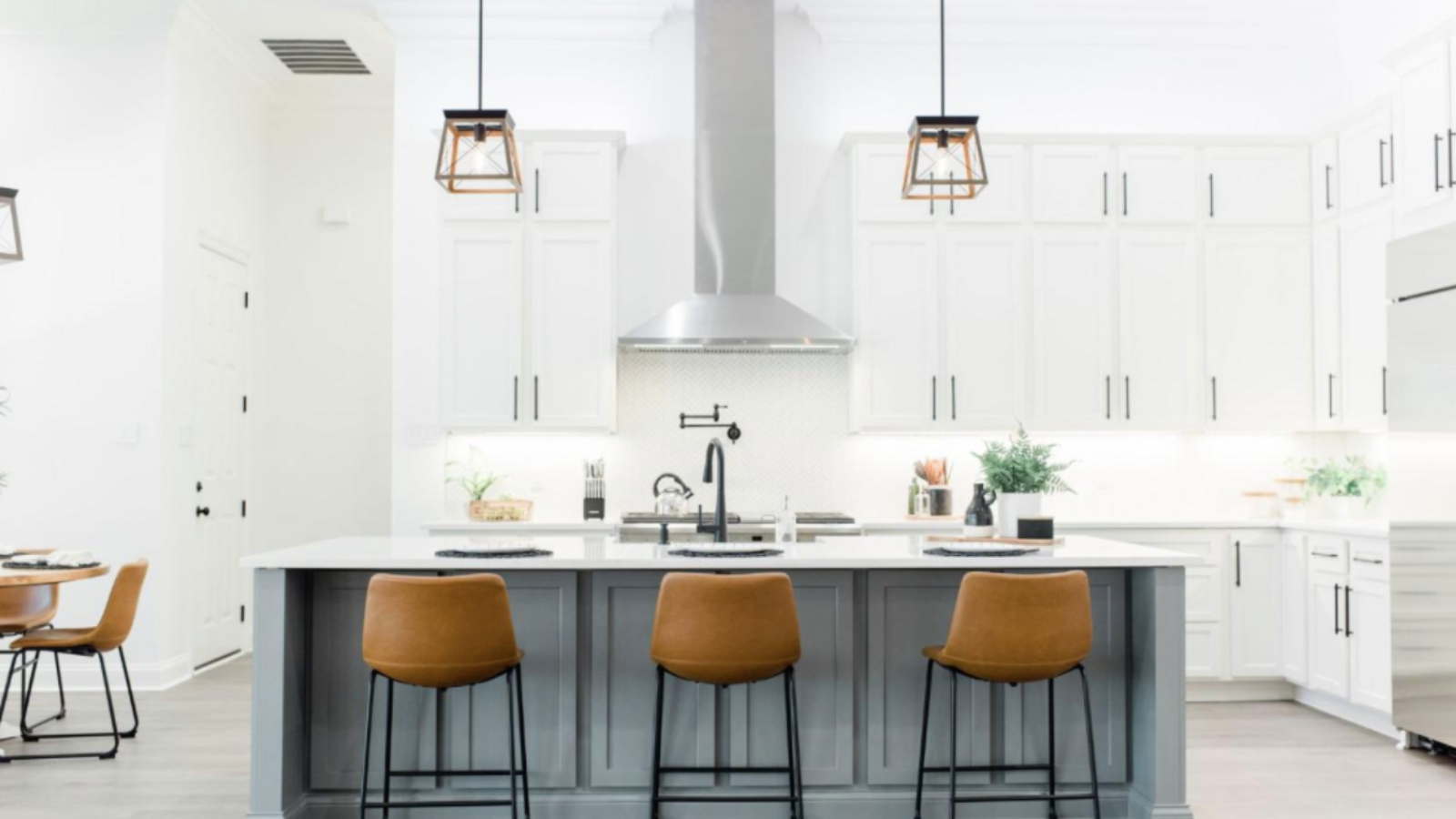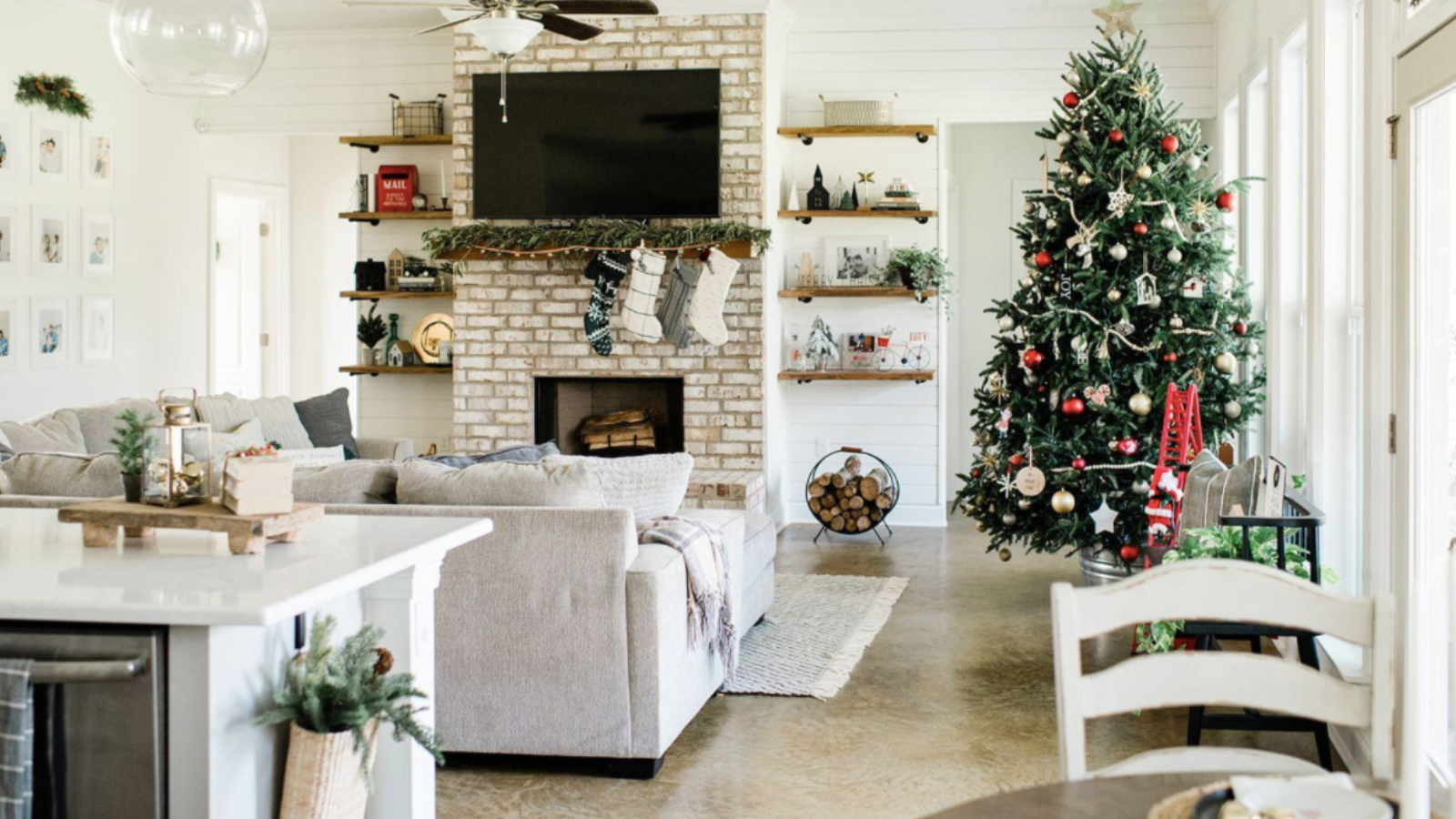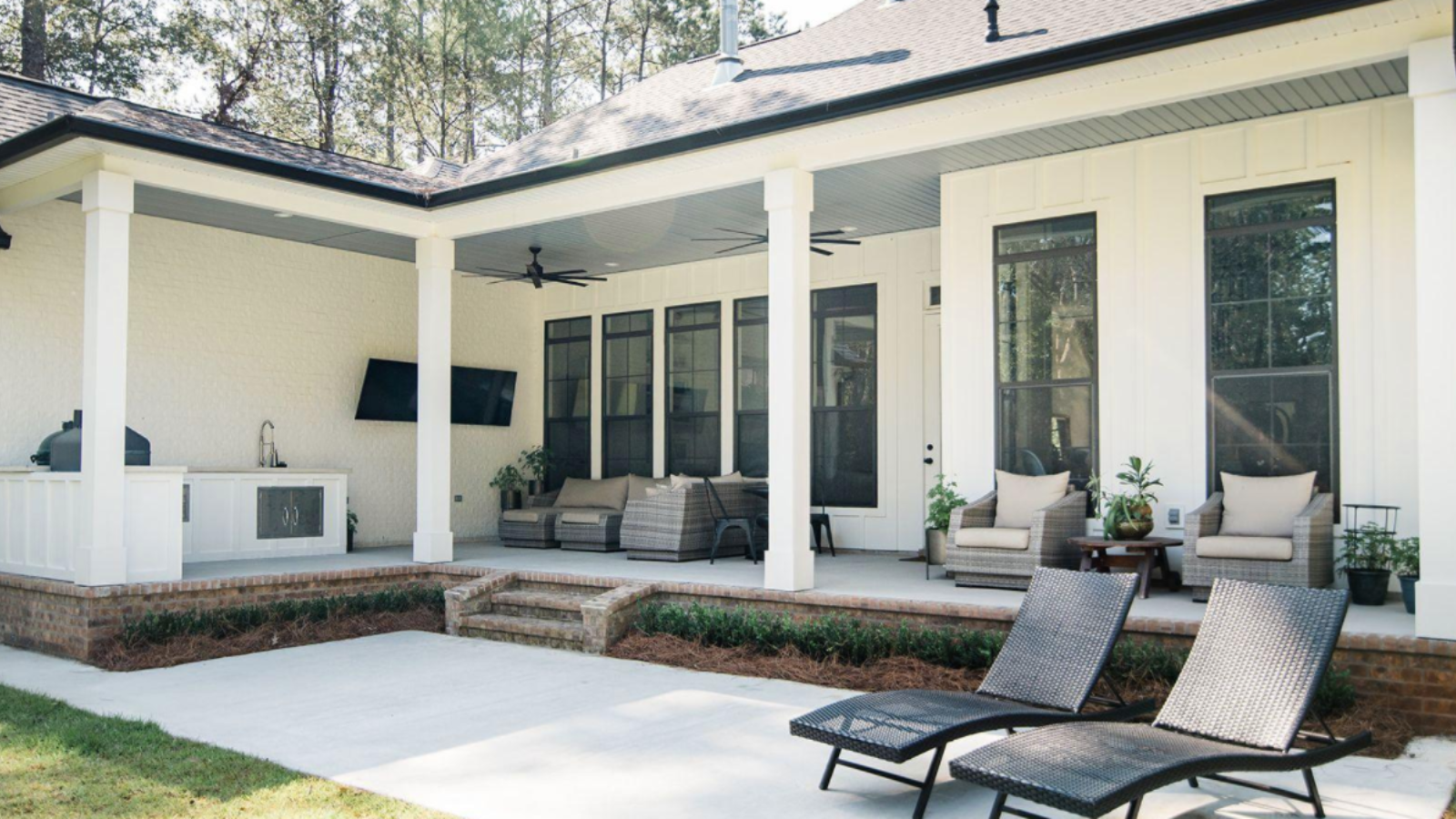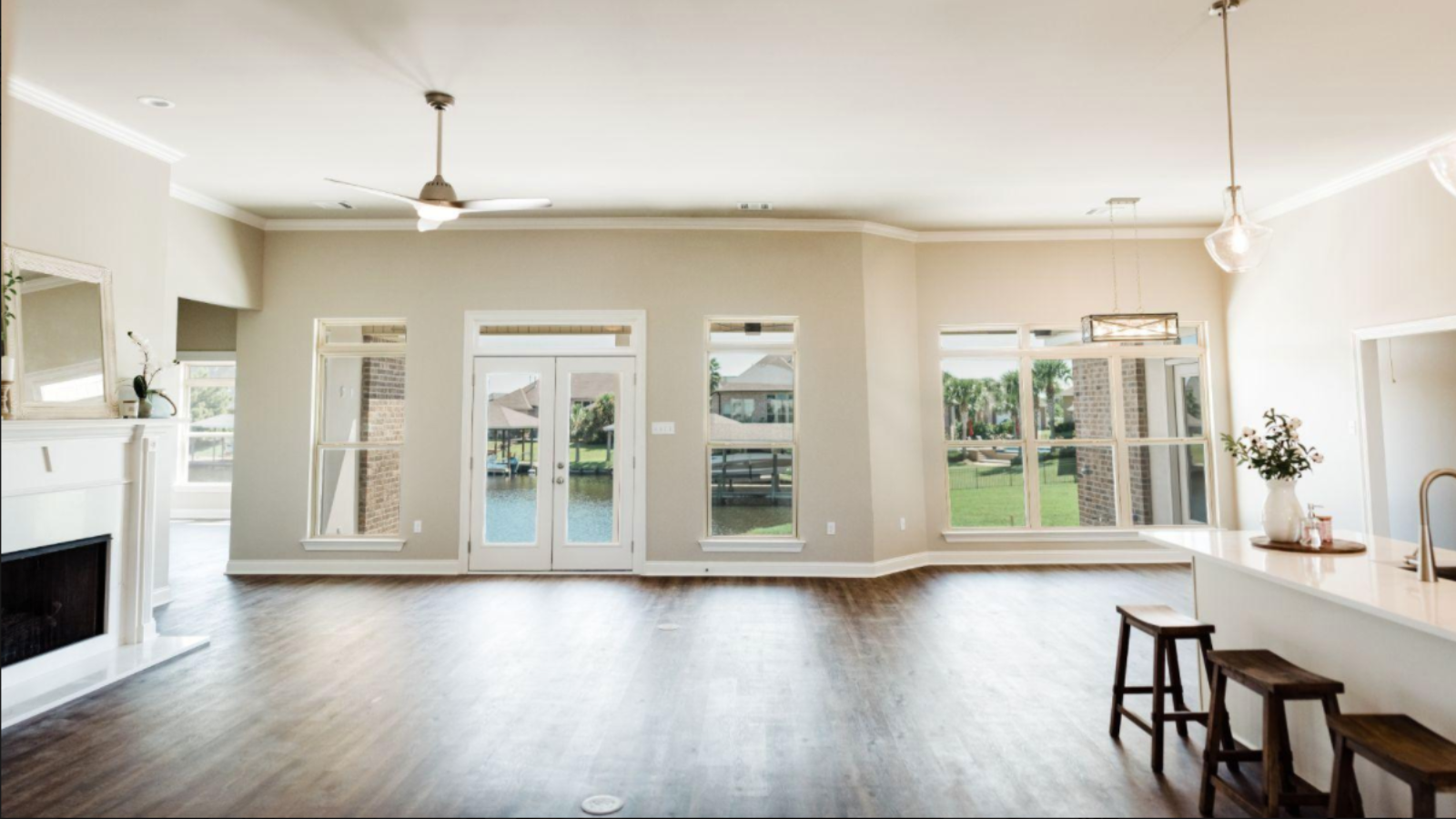News
Seamless Indoor–Outdoor Living: Multi-Slide Doors & Porches
You want that easy Gulf Coast flow—kitchen to porch to pool—without sacrificing comfort or storm performance. The good news: with the right specs, multi-slide doors and porches can deliver year-round enjoyment, even in humid, windy, salt-air environments. In this guide, we’ll walk you through practical decisions that improve durability, energy efficiency, and day-to-day livability—so your home feels open when the weather’s perfect and buttoned-up when it isn’t.

TL;DR: Plan the opening first (structure, drainage, shade), then select door systems and porch details that match your wind zone, sun exposure, and maintenance goals. Combine impact windows/doors, smart HVAC, and moisture-aware materials for lasting comfort and resilience.
Plan the Opening Like a Pro (Coastal Construction First)
A wide opening starts with smart coastal construction choices. Before you fall in love with a 20-foot view, make sure the structure, water management, and sun control are dialed in.
Quick tips for the Gulf Coast:
- Structure matters. Big spans need engineered headers and tie-downs; we’ll coordinate your multi-slide specs with the framer and engineer during Custom Home Process.
- Drain to daylight. Use sloped sills and pan flashing so wind-driven rain can’t creep inside. Keep the finished floor slightly higher than the porch.
- Manage the sun. On west and south exposures, design porches with deeper overhangs or pergolas to reduce heat gain and glare.
- Mind the wind. In wind-borne debris regions, doors must meet the required design pressure (DP/PG ratings) and impact criteria. Requirements vary by parish/county—verify during permitting.
- Plan for screens. If you hate mosquitoes (who doesn’t), plan integrated screens or a screened porch bay from day one.
What to ask your builder:
- What header size and hold-downs will this span require?
- What’s our sill detail—pan flashing, weeps, threshold height?
- Are we in a wind-borne debris region that affects door/porch specs?
- How deep should the porch be for shade on this lot’s orientation?
- Where will the screens live (built-in, retractable, separate screened room)?
Choose the Right Multi-Slide & Porch System
Multi-slide doors come in two main behaviors—stacking and pocketing—plus a few specialty options. Match the system to your lifestyle, cleaning habits, and storm plan.
1) Stacking vs. Pocketing
- Stacking: Panels stack at one side (or both). Simpler construction; slightly more visible door when open.
- Tradeoff: Easiest to service and costs less than pocketing.
- Pocketing: Panels slide into a wall cavity for a zero-obstruction opening.
- Tradeoff: Higher cost and more framing complexity; pocket needs meticulous waterproofing.
2) Impact-Rated vs. Non-Impact + Protection
- Impact windows/doors: Clean look, no shutters to deploy.
- Tradeoff: Higher upfront cost; excellent for low-maintenance storm readiness.
- Non-impact + shutters or panels: Can reduce initial cost.
- Tradeoff: Requires storm prep time; be sure storage and deployment are realistic.
3) Frame & Finish Options
- Aluminum (thermally broken): Good coastal durability with the right coating.
- Clad wood: Warm aesthetics; mind maintenance near salt spray.
- Fiberglass/Composite: Stable, low maintenance; fewer ultra-wide options.
4) Sill Choices
- Performance sill: Slight step but best water resistance in wind-driven rain.
- Flush sill: Minimal threshold for a cleaner look and accessibility.
- Tradeoff: Requires excellent detailing, overhangs, and exposure control.
5) Porch Types
- Open porch: Breezy and social; pair with retractable screens for bug season.
- Screened porch: Reliable year-round use; consider composite flooring and stainless fasteners.
- Conditioned sunroom: Glassed-in comfort with separate HVAC zoning.
- Tradeoff: Most comfortable but highest cost and energy use.
Spec checklist (save this):
- Door type (stacking/pocketing), width/height, panel count
- Impact rating and DP/PG rating for your wind zone
- Sill type with pan flashing and continuous weeps
- Finish and hardware rated for coastal corrosion
- Integrated screens (door-hung or porch system)
- Porch roof depth + ceiling fans + bug lighting layout
Storm-, Sun-, and Humidity-Smart Details
Across Louisiana, Mississippi, Florida, and Alabama, expect local variations in wind design, flood elevations, and screening rules. Here’s how we localize your design:
Wind & Debris Regions
- Coastal counties/parishes often require impact protection or specific DP ratings. We’ll match door systems with the required label and documentation at permitting (details vary by jurisdiction).
- In exposed lots or waterfront settings, choose performance sills and limit extreme-height panels, or add more overhang.
Flood & Drainage
- If your lot sits in a mapped flood zone, your finished floor elevation and porch footings may need to be higher. That affects stair count, slopes, and thresholds. We design porches and door transitions to meet elevation goals while keeping water headed away from the house.
HOA & Community Features
- Many coastal communities prefer consistent porch rail styles, screen systems, or color palettes. We’ll align your selections early to avoid delays during architectural review.
Sun & Salt
- West-facing porches need extra depth and UV-tough finishes. Choose marine-grade coatings and stainless hardware to combat salt air, especially within a few miles of the coast.
Comfort & Energy Efficiency: Make Open Feel Easy
A wide opening can challenge energy efficiency and HVAC performance. The fix isn’t to shrink the glass—it’s to pair the right envelope details with the right mechanical plan.
Envelope essentials
- Low-E, low-SHGC glazing on big western exposures reduces afternoon heat gain.
- Thermally broken frames and insulated headers reduce condensation risk.
- Air sealing around the rough opening (backer rod + sealant, tapes) improves comfort on windy days.
HVAC strategy
- Zoning: Put living areas served by large openings on a dedicated zone so you can recover quickly after doors close.
- Dehumidification: A whole-home dehumidifier or variable-speed system keeps RH in check when doors cycle open and closed.
- Balanced ventilation: An ERV helps maintain indoor air quality without dumping humidity inside.
- Returns & supplies: Don’t starve the room; make sure supply and return paths suit the new airflow patterns.
- Porch strategy: For enclosed or convertible porches, a small dedicated system (like a ducted or ductless unit) avoids overtaxing the main system.
Operational tips for you
- Use ceiling fans on porches; move air first, cool air second.
- Close shades before peak sun to cut solar gain.
- After a long open-door stretch, run the dehumidify mode for 20–30 minutes to normalize comfort.
Common Mistakes to Avoid (and Easy Fixes)
- Flush sill without protection: A level threshold looks great but without overhangs, performance sill, or proper pan flashing, wind-driven rain can get in. Fix: Pair flush designs with deeper roofs and tested sill details.
- Ignoring drainage paths: Grout or debris in tracks blocks weeps. Fix: Seasonal cleaning; design a sill that’s easy to maintain.
- Under-spec’d impact resistance: Buying for price, not wind ratings. Fix: Verify DP/PG and impact labels match your jurisdiction.
- No plan for bugs: Beautiful open porch, but no screen solution. Fix: Integrate retractable screens or dedicate a screened bay.
- HVAC afterthought: Big opening, single-stage system. Fix: Right-size equipment, add zoning and dedicated dehumidification.
- Maintenance blind spots: Coastal hardware corrodes. Fix: Choose marine-grade finishes and schedule light maintenance (rinse, lubricate tracks).
Key Takeaways
- Start with structure, drainage, and shade; then pick the door and porch system that fits your exposure and maintenance goals.
- For storm performance, choose impact windows/doors or a realistic shutter plan—verified to your local wind requirements.
- Comfort comes from the whole system: glazing, air sealing, and HVAC/dehumidification working together.
FAQs
Are impact windows and multi-slide doors worth it near the coast?
If you want low-maintenance storm readiness and fewer moving parts at hurricane time, yes. Impact-rated systems cost more upfront but simplify prep and often improve resale. Non-impact with shutters can save initially if you’re comfortable deploying them.
Will a huge opening wreck my energy efficiency?
Not if you spec it right. Use low-SHGC glass, air-tight installation, and a zoned, variable-speed HVAC with dehumidification. Add shade and fans, and you’ll be surprised how comfortable it stays.
Flush sill or performance sill—what’s better?
For wind-exposed locations, a performance sill is the safest bet. If you prefer a flush sill, pair it with deeper porch cover, meticulous waterproofing, and strict maintenance to keep weeps clear.
Pocketing doors sound amazing—any downsides?
They disappear completely, but the pocket requires extra framing, waterproofing, and cost. If the wall is a coastal exterior wall, make sure we can protect the pocket from moisture and pests.
Do I need a separate HVAC unit for a sunroom or enclosed porch?
Often yes. A small dedicated system lets you condition that space without overloading the main system and improves humidity control.
Ready to design a porch and multi-slide opening that feels effortless in July and secure in September?
Schedule a free consultation with Cretin Townsend Homes. We build across Louisiana, Mississippi, Florida, and Alabama, guiding you from first conversation to final walkthrough—with smart specs for comfort, durability, and storm performance. Start your plan today: Custom Home Process.




